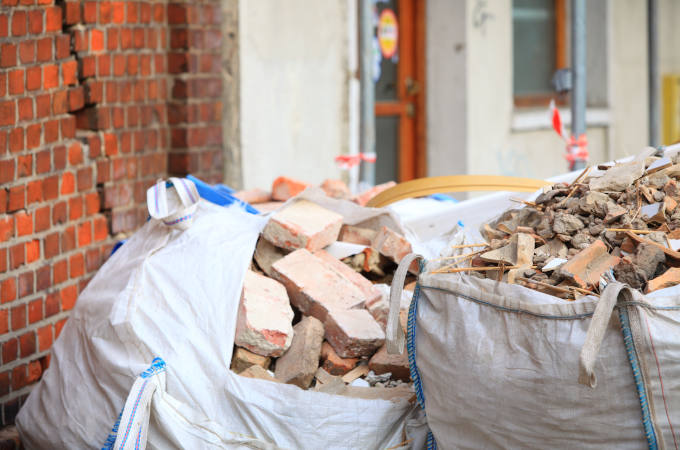It is no secret that Britain has some of the oldest and least energy efficient housing stock in Europe. According to government estimates, two thirds of the UK’s 29 million homes have EPC ratings of D or below. Nearly a quarter of our emissions come from heating poorly insulated buildings, so improving energy efficiency in the home is critical if we, as a country, are to reduce our energy consumption and meet our climate goals.
The good news is that there are many options available to retrofit existing homes with insulation. For property owners, well insulated properties save energy, improve comfort and cut energy bills.
Squarepoint Surveyors are a team of experienced building surveyors in London with a wealth of surveying expertise and property industry knowledge to put at your disposal to protect and maintain your property asset. Our extensive service menu includes building surveys, refurbishment & restoration advice, project management, contract management and much more besides.
Which areas should you insulate?
Insulation should be added wherever heat escapes from the property. These are the main areas of heat loss in the home:
- Walls: Around 1/3 of heat loss from an uninsulated house occurs through the walls. Depending on the type of property, this can be addressed with cavity wall insulation or solid wall insulation.
- Roofs: Around ¼ of heat loss from an uninsulated house occurs through the roof. Installing loft insulation or topping up existing insulation to the maximum level is effective at preventing heat loss.
Cavity wall insulation
Homes built from around 1920s onwards are likely to have cavity walls – exterior walls with two layers and a narrow gap in between. If you are unsure, check by looking at the bricks from outside; if they are laid lengthways and in an even pattern, it’s most likely to be a cavity wall. Homes built from the 1990s onwards probably already have some level of cavity wall insulation in place.
Official figures show that 70% of homes with cavity walls have cavity wall insulation in place, which leaves 30% of homes exposed. The heat loss arising from cavity walls may be less than with solid walls, but it can still be improved with insulation. Cavity wall insulation works by injecting foam or mineral wool into the gap, which traps heat inside the home to keep it warmer in the winter and cooler in the summer.
Solid wall insulation
Solid wall constructions lose considerably more heat than cavity wall constructions. However, over 90% of houses with solid walls have no insulation at all. The likely reason for this is that solid walls are more difficult and expensive to insulate, though the resulting saving in terms of lower energy bills is much greater.
There are two ways that solid walls can be insulated: from inside or from outside. Internal wall insulation consists of fitting insulation boards to the inside of the home to prevent heat loss. It may be the cheaper of the two options but it’s a messy and disruptive process that will also slightly reduce the internal floor area. External insulation involves fitting insulation boards to the outside of the house. It may be more effective but also more expensive. What’s more, external insulation will change the external appearance of the property, making it unsuitable for Conservation Area properties or listed buildings.
Loft insulation
Around two thirds of homes with a loft already have loft insulation in place but do check its thickness and condition. Where necessary, upgrade to the government recommended depth of 250mm-270mm. Some new properties are increasing their level of loft insulation to 300mm. You can either insulate the floor of your loft (cold loft) or immediately under the roof (warm loft), the latter being particularly useful if the loft space has been converted to habitable space. Flat roofs are usually best insulated from above.
Loft insulation is usually carried out with rolls of mineral wool or foil-backed felt, though there are many materials that can be used. In some cases, spray foam insulation may be a cost-effective solution but beware of potential problems that we discussed in a recent blog post.
Draught proofing
Finally, a surprising amount of heat loss occurs through poorly sealed windows, doors and chimneys. Luckily, draught proofing is one of the cheapest and easiest ways to address this and there are many DIY options available such as shop bought foam strips and letterbox brushes, as well as professional draught proofing services.
Contact us
If you have any questions about how to maximise the energy efficiency of your property or the best way to insulate your home, or would like to discuss your property surveying needs with one of our team, please feel free to contact Squarepoint Surveyors.




